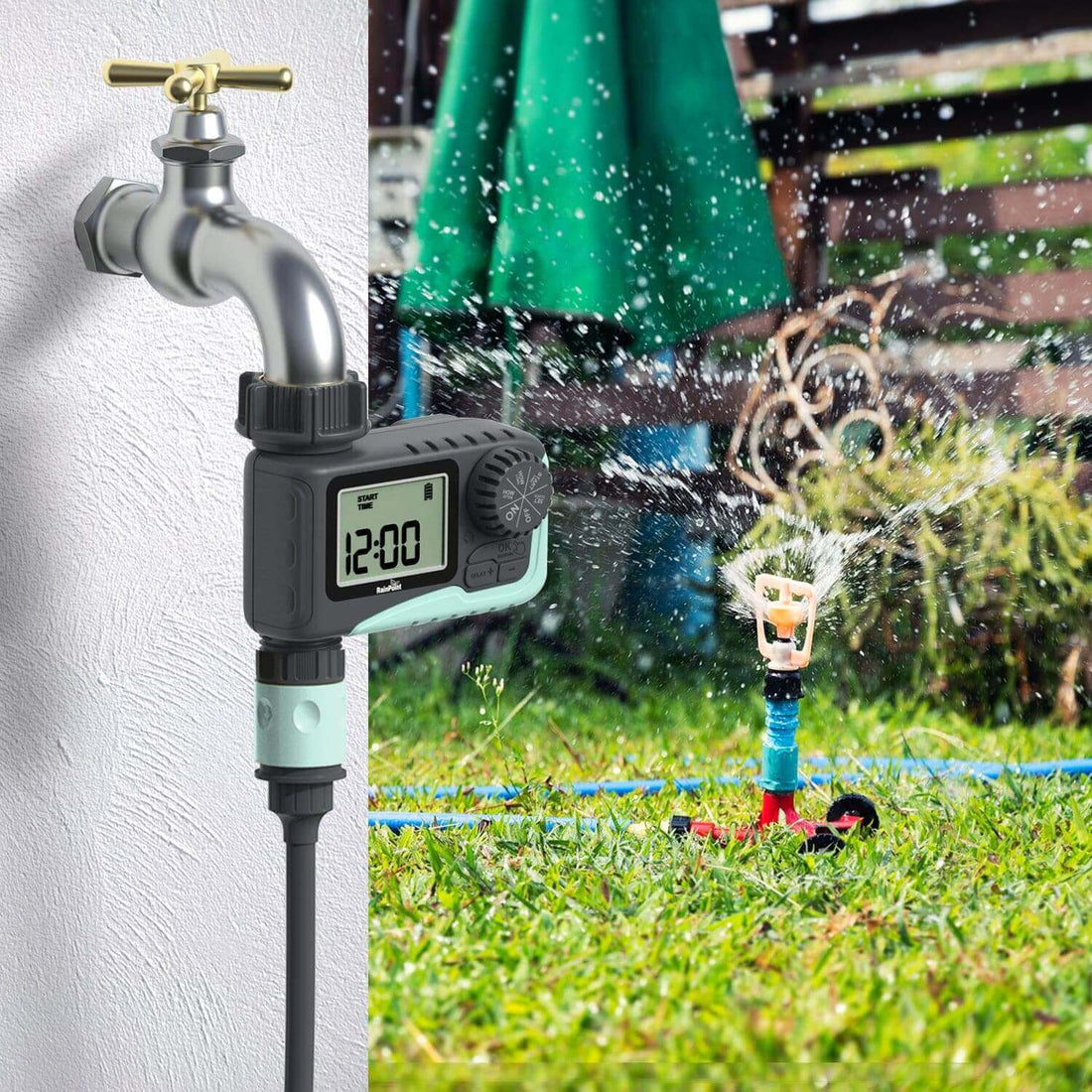Choosing the Best Irrigation System for Your Needs
Choosing the Best Irrigation System for Your Needs
Blog Article

When it comes to maintaining a lush, green landscape or a thriving garden, an effective irrigation system is crucial. The right system ensures your plants receive the optimal amount of water, promoting growth and conserving resources. But with so many options available, how do you determine the best irrigation system for your needs? In this article, we’ll explore various types of irrigation systems and key factors to consider when making your choice.
1. Types of Irrigation Systems
Drip Irrigation: Drip irrigation is often considered one of the most efficient watering methods. It delivers water directly to the plant's roots through a network of tubing and emitters. This system minimizes water wastage by reducing evaporation and runoff. It’s ideal for gardens, flower beds, and even potted plants. Drip irrigation can be customized to meet specific plant requirements, making it a versatile choice for diverse gardening needs.
Sprinkler Systems: Sprinkler systems are a popular choice for larger areas such as lawns and expansive gardens. They can be either stationary or oscillating. Stationary sprinklers are fixed in one place, while oscillating sprinklers move back and forth, covering a wider area. Some advanced models feature timers and sensors to optimize watering schedules and amounts. For larger properties, underground sprinkler systems with pop-up heads can be installed to provide even coverage without obstructing lawn activities.
Soaker Hoses: Soaker hoses are another effective option for garden irrigation. These hoses are porous and allow water to seep out slowly along their length. They are ideal for row crops, flower beds, and garden borders. By laying soaker hoses directly on the soil, you can ensure that water is evenly distributed to plant roots, reducing evaporation and runoff.
Rainwater Harvesting Systems: For an eco-friendly option, consider a rainwater harvesting system. This system collects and stores rainwater from rooftops or other surfaces, which can then be used for irrigation. Rain barrels or tanks capture the water, which can be used to supplement your irrigation needs. This approach not only conserves water but also reduces your utility bills.
2. Factors to Consider
Water Source: Assess your available water sources before choosing an irrigation system. If you have access to a reliable and ample water supply, a sprinkler system or drip irrigation may be suitable. For properties with limited water resources, soaker hoses or rainwater harvesting systems can provide more sustainable options.
Landscape Size and Type: The size and type of your landscape play a significant role in determining the best irrigation system. For large lawns or gardens, a sprinkler system might be more efficient. In contrast, smaller garden beds or container plants benefit from the precision of drip irrigation. Consider the layout and plant types in your garden when selecting a system.
Watering Needs: Different plants have varying water requirements. Drip irrigation systems can be tailored to meet the specific needs of each plant, while sprinklers and soaker hoses offer more uniform coverage. Understanding the watering needs of your plants helps ensure they receive adequate hydration without overwatering.
Budget: Irrigation systems come in a range of prices, from basic soaker hoses to sophisticated automated systems. Determine your budget and consider both the initial investment and long-term maintenance costs. While more advanced systems may have a higher upfront cost, they can save money over time through water efficiency and reduced labor.
3. Installation and Maintenance
Proper installation and maintenance are key to the effectiveness of any irrigation system. Follow manufacturer instructions for installation, or consider hiring a professional to ensure the system is set up correctly. Regular maintenance, such as checking for leaks and adjusting settings, helps keep the system running efficiently and prolongs its lifespan.
Conclusion
Choosing the best irrigation system involves evaluating your landscape's size, water source, plant needs, and budget. Whether you opt for drip irrigation, sprinklers, soaker hoses, or rainwater harvesting, each system has its advantages and can contribute to a healthier, more vibrant garden. By selecting the right irrigation system and maintaining it properly, you’ll ensure your plants receive the care they need to thrive.